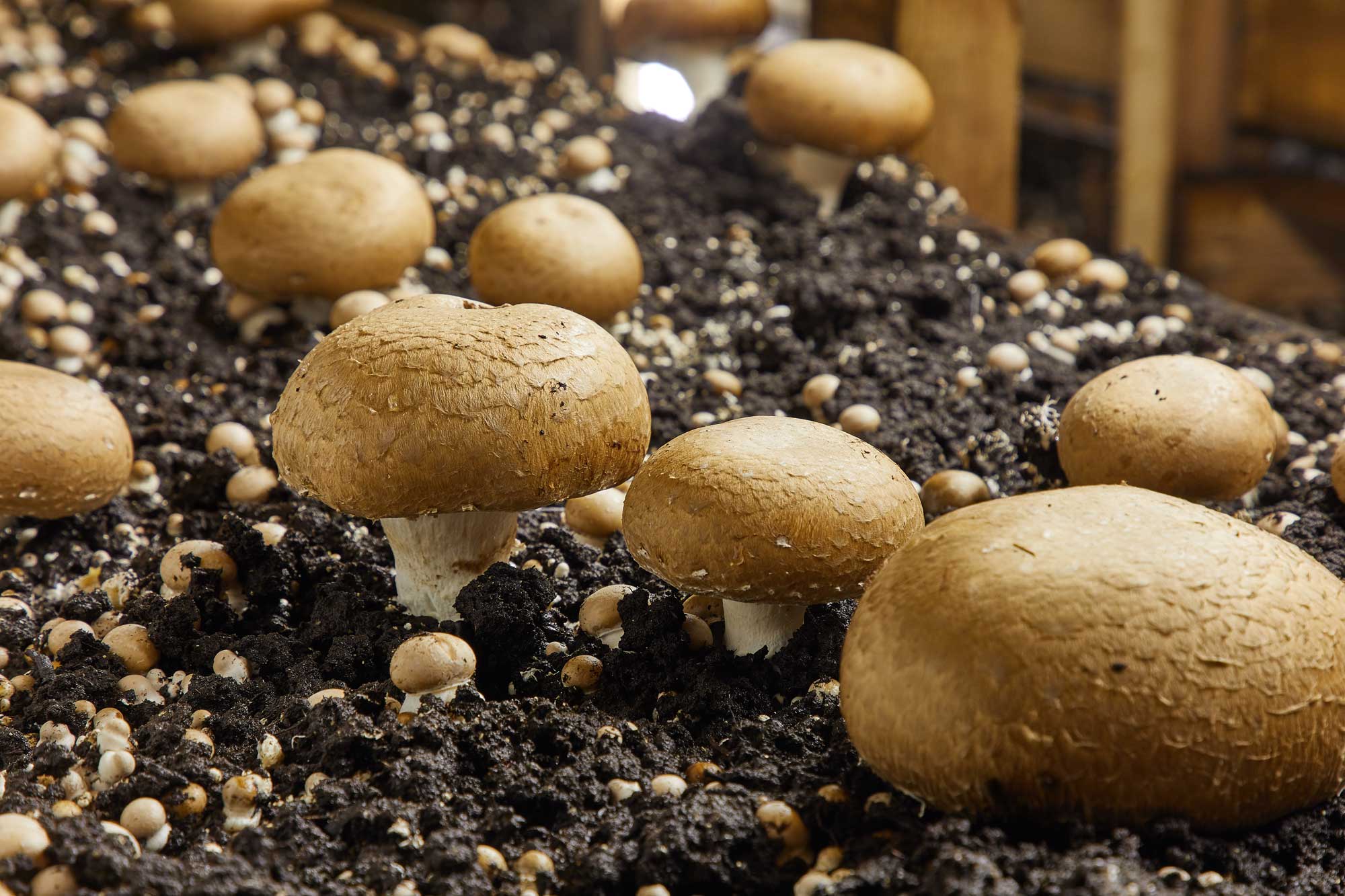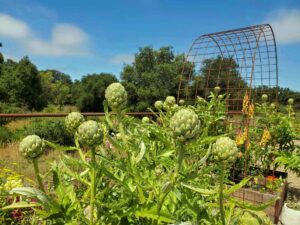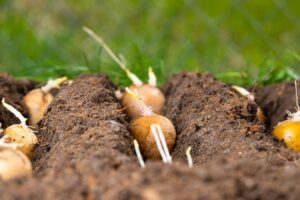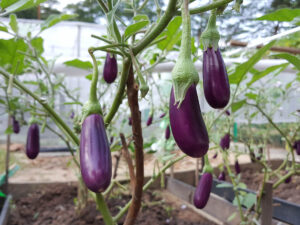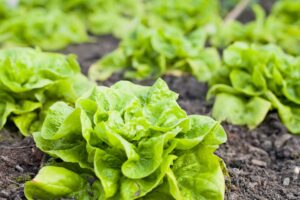How to Grow Mushrooms at Home: Complete Guide
Are you fascinated by fungi and looking to cultivate your own mushrooms? Growing mushrooms at home can be a rewarding experience that provides you with fresh, flavorful additions to your culinary creations. Unlike traditional gardening, mushroom cultivation follows a unique process that can be accomplished indoors year-round, making it accessible to everyone regardless of space constraints or climate.
This comprehensive guide will walk you through everything you need to know about growing mushrooms at home, in garden pots, and indoors from spawn. You’ll discover the equipment needed, the best mushroom varieties for beginners, step-by-step growing instructions, harvesting tips, and delicious ways to incorporate your homegrown mushrooms into your cooking.
Why Grow Your Own Mushrooms?
Before diving into the growing process, let’s explore why cultivating mushrooms at home has become increasingly popular in the US market:
- Freshness and Flavor: Homegrown mushrooms offer superior taste and texture compared to store-bought varieties that may have been sitting on shelves for days.
- Cost-Effective: Once you’ve set up your growing system, you can produce multiple harvests at a fraction of grocery store prices.
- Variety Access: Grow specialty mushrooms that are expensive or hard to find in typical supermarkets.
- Sustainable Practice: Mushroom cultivation often uses agricultural by-products as growing medium, contributing to a more sustainable food system.
- Educational Experience: Learn about the fascinating life cycle of fungi while producing delicious food.
According to the USDA National Agricultural Statistics Service, mushroom farming is a thriving industry in the United States with substantial growth in specialty mushroom varieties beyond the common button mushroom.
Best Mushroom Varieties for Home Cultivation
Not all mushroom species are equally suitable for home cultivation. Here are some varieties that are particularly well-suited for beginners:
| Mushroom Type | Difficulty Level | Growing Medium | Time to Harvest | Ideal Temperature | Special Notes |
|---|---|---|---|---|---|
| Oyster | Easy | Straw, coffee grounds, cardboard | 2-4 weeks | 55-75°F | Most forgiving variety for beginners |
| Shiitake | Moderate | Hardwood logs, sawdust blocks | 6-12 months | 50-80°F | Long-lasting production once established |
| Button/White | Moderate | Composted manure | 3-4 weeks | 60-70°F | Requires pasteurized compost |
| Lion’s Mane | Moderate | Sawdust, hardwood | 2-3 months | 65-75°F | Medicinal properties |
| Enoki | Challenging | Hardwood sawdust | 1-2 months | 45-55°F | Requires colder temperatures |
Essential Equipment for Mushroom Cultivation
Before you begin growing mushrooms, you’ll need to gather some basic supplies:
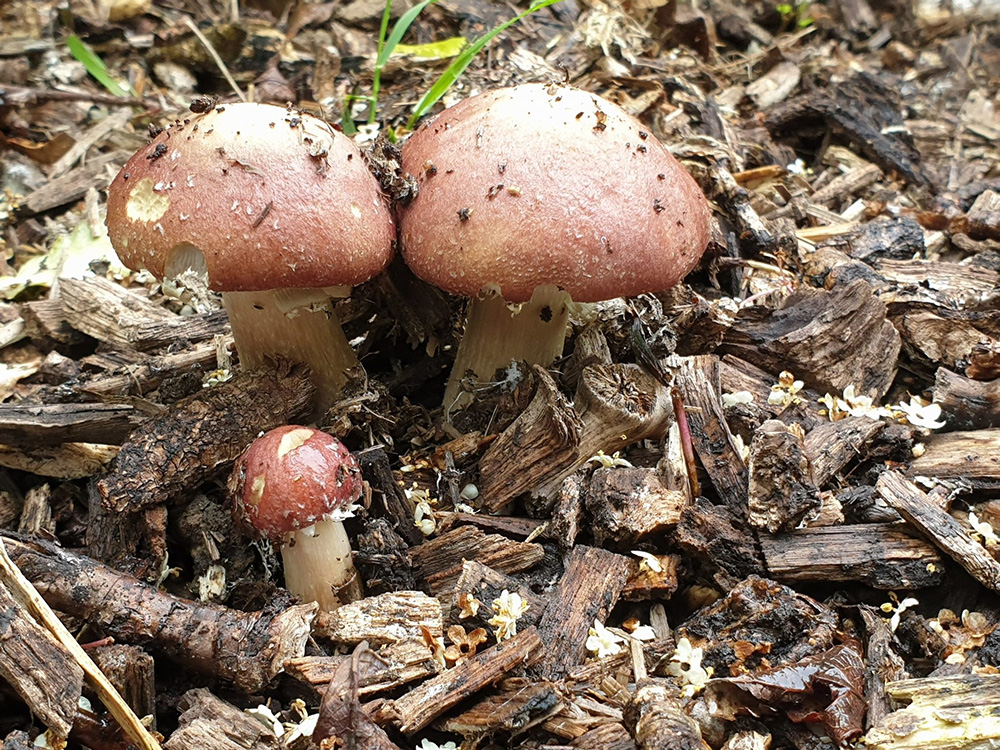
For All Methods:
- Mushroom spawn (spores, mycelium on grain, or growing kits)
- Spray bottle for misting
- Thermometer to monitor temperature
- Gloves for handling substrate and spawn
For Indoor Growing:
- Growing containers (plastic bins, bags, or specialized mushroom growing kits)
- Growing medium/substrate (depends on mushroom variety)
- Pressure cooker or large pot for sterilization (for more advanced methods)
- Clean workspace for inoculation
For Garden or Outdoor Growing:
- Shaded area with indirect sunlight
- Hardwood logs (for shiitake or oyster mushrooms)
- Drill with 5/16″ bit (for log cultivation)
- Sealing wax (for log cultivation)
How to Grow Mushrooms Indoors
Indoor cultivation gives you the most control over growing conditions and can be done year-round in any climate. Here’s a step-by-step guide:
Method 1: Using a Mushroom Growing Kit
For absolute beginners, mushroom growing kits offer the simplest entry point:
- Purchase a Kit: Select a kit for your desired mushroom variety. These typically come with colonized substrate ready to fruit.
- Unpack and Place: Remove the growing block from packaging and place it in a location with:
- Indirect light
- Good air circulation
- High humidity (70-90%)
- Appropriate temperature for your mushroom variety
- Activate Fruiting: Follow kit instructions, which usually involve:
- Cutting small slits in the plastic covering
- Misting with water 2-3 times daily
- Maintaining proper humidity with a humidity tent if needed
- Harvest: When mushrooms reach full size but before they release spores (caps still slightly curved under), cut them at the base with a sharp knife.
Method 2: DIY Substrate Cultivation
For more control and cost savings, you can prepare your own substrate:
- Choose Your Substrate:
- For oyster mushrooms: straw, coffee grounds, or cardboard
- For shiitake: hardwood sawdust blocks
- For button mushrooms: composted manure mix
- Pasteurize or Sterilize:
- For straw/coffee grounds: Submerge in water heated to 160-170°F for 1-2 hours
- For sawdust/wood chips: Pressure cook at 15 PSI for 2-3 hours
- Cool Substrate: Allow substrate to cool to room temperature before handling.
- Inoculate: In a clean environment, mix mushroom spawn thoroughly with your cooled substrate.
- Incubate: Place your inoculated substrate in a clean container with small air holes. Store in a warm, dark place (temperature depends on mushroom type) until mycelium fully colonizes the substrate (appears as white, thread-like growth throughout).
- Fruiting Phase: When fully colonized:
- Move to a location with indirect light
- Increase humidity (mist regularly)
- Ensure good air circulation
- Maintain appropriate temperature for your mushroom variety
- Harvest: Cut mushrooms at the base when they reach full size but before spores release.
Growing Mushrooms in Garden Pots
If you prefer container gardening, you can grow mushrooms in pots on your patio or balcony:
- Choose Appropriate Containers: Select deep containers (at least 8 inches) with drainage holes.
- Prepare Growing Medium: Mix:
- 80% hardwood sawdust or wood chips
- 20% coffee grounds or organic compost
- Pasteurize by heating to 160-170°F
- Layer Your Container:
- Bottom layer: small rocks or pebbles for drainage
- Middle layer: pasteurized substrate mixed with spawn
- Top layer: thin casing of potting soil (for some varieties)
- Place in Shaded Area: Find a location that gets minimal direct sunlight.
- Maintain Moisture: Keep the substrate consistently moist but not waterlogged.
- Protect from Temperature Extremes: Move containers inside during extreme weather conditions.
- Harvest: Cut mushrooms at the base when they reach full size.
Log Cultivation for Outdoor Growing
For a more natural approach that can yield harvests for years:
- Select Fresh Hardwood Logs: Oak, maple, or other hardwoods cut during dormant season (4-8 inches diameter, 3-4 feet long).
- Drill Holes: Create a diamond pattern of holes (5/16″ diameter, 1-1.5″ deep) spaced 6″ apart around the log.
- Insert Spawn Plugs: Tap mushroom spawn plugs into holes.
- Seal with Wax: Cover each plug with melted cheese wax or beeswax.
- Place in Shaded Location: Position logs where they get minimal direct sunlight and stay naturally moist.
- Water During Dry Periods: Ensure logs don’t dry out completely.
- Wait for Colonization: Depending on species, logs take 6-18 months to fully colonize before producing mushrooms.
- Force Fruiting (optional): Soak colonized logs in cold water for 24 hours to trigger fruiting.
According to the USDA Forest Service, log cultivation is an excellent sustainable practice that can be integrated with forest management.
Common Challenges and Troubleshooting
Even experienced growers encounter issues. Here are solutions to common problems:
Contamination
- Signs: Green, black, or pink mold growth; foul odors
- Prevention: Work in clean environments, properly pasteurize/sterilize substrates
- Solution: Discard contaminated portions or entire batches to prevent spread
No Fruiting
- Cause: Improper humidity, temperature, or light conditions
- Solution: Adjust environmental conditions; try cold shocking (placing in refrigerator for 24 hours)
Small or Deformed Mushrooms
- Cause: Insufficient fresh air exchange or humidity
- Solution: Increase air circulation and misting frequency
Dry Substrate
- Cause: Insufficient watering or low ambient humidity
- Solution: Increase misting frequency; use humidity tents
Harvesting and Storing Your Mushrooms
Timing is crucial when harvesting mushrooms:
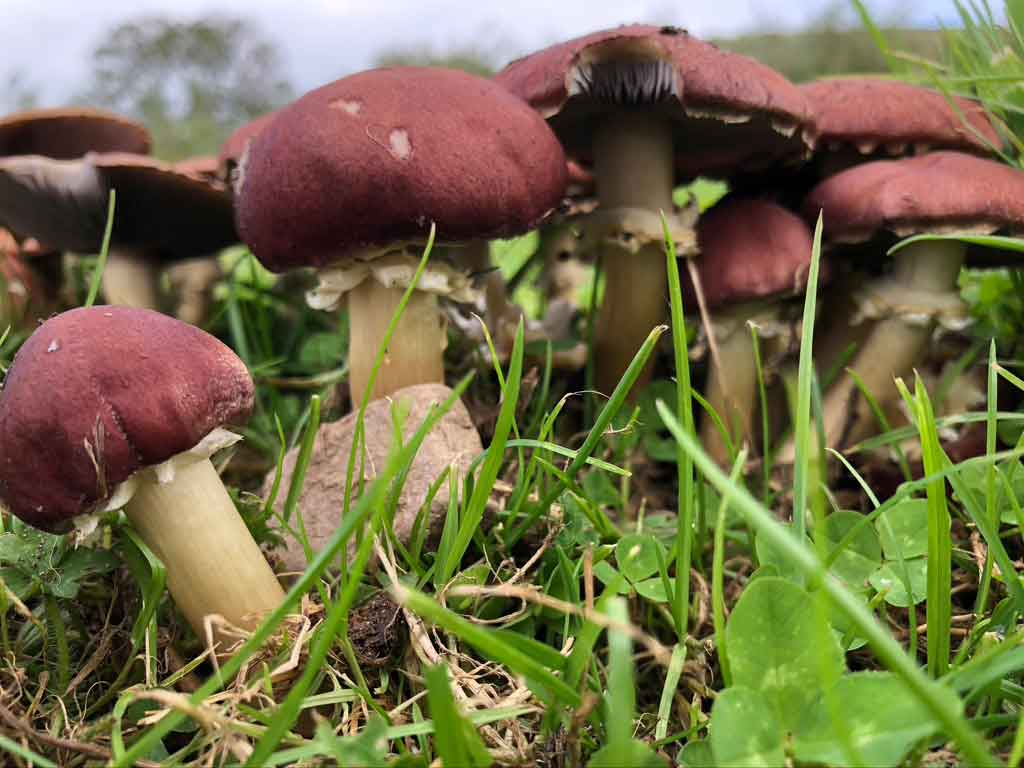
When to Harvest
- Oyster mushrooms: When caps are still slightly curled at the edges
- Shiitake: When caps have flattened but edges are still turned under
- Button mushrooms: When caps are closed but have reached desired size
Harvesting Technique
- Use a sharp knife to cut at the base of the stem
- Avoid pulling, which can damage mycelium
- Harvest in the morning for best flavor
Storage Methods
- Refrigeration: Store unwashed in paper bags for 5-7 days
- Drying: Use a food dehydrator or oven on lowest setting
- Freezing: Sauté first, then freeze in airtight containers
Using Your Homegrown Mushrooms in the Kitchen
Your culinary adventures await with these freshly harvested fungi:
Preparation Basics
- Clean with a soft brush or damp paper towel (avoid soaking)
- Remove tough stems from varieties like shiitake
- Slice or keep whole depending on recipe
Cooking Methods
- Sautéing: Quick cooking over medium-high heat until golden
- Roasting: Toss with olive oil, salt, and herbs at 400°F until crispy
- Soups: Add depth to broths and stews
- Grilling: Brush with oil and grill larger varieties like portobello
Preservation Techniques
- Mushroom Powder: Dehydrate and grind for umami seasoning
- Mushroom Butter: Blend sautéed mushrooms with butter and herbs
- Pickled Mushrooms: Preserve in vinegar with spices
The Economics of Home Mushroom Growing
Growing your own mushrooms can be economically advantageous:
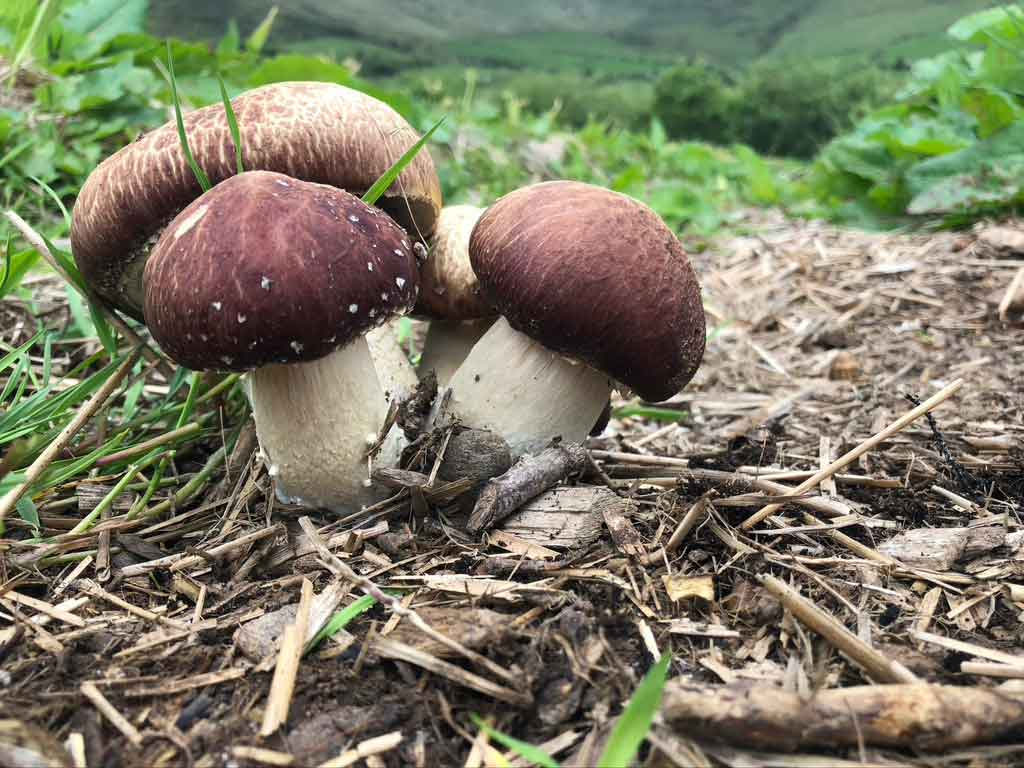
- Initial Investment: $20-100 depending on method and scale
- Cost Per Pound: $1-3 for homegrown vs. $6-20 for specialty mushrooms in stores
- Yield Potential: 1-2 pounds per 5-pound substrate block
- Multiple Harvests: Most substrates produce 2-3 flushes of mushrooms
Environmental Benefits of Home Mushroom Cultivation
Your mushroom growing hobby contributes to environmental sustainability:
- Waste Reduction: Uses agricultural by-products as growing medium
- Low Resource Input: Requires minimal water and no fertilizers
- No Pesticides: Indoor cultivation eliminates need for chemical treatments
- Carbon Sequestration: Mycelium can help build soil carbon
The EPA’s Sustainable Management of Food initiative recognizes the value of repurposing food waste and agricultural by-products, making mushroom cultivation an excellent alignment with sustainability goals.
Conclusion: Your Mushroom Growing Journey
Growing mushrooms at home opens up a world of culinary possibilities while connecting you to an ancient food cultivation practice. Whether you’re cultivating gourmet oyster mushrooms in your kitchen or shiitakes on logs in your backyard, the process offers both challenges and rewards.
Start with easier varieties using kits or simple setups, then expand your mushroom growing repertoire as you gain experience. Soon you’ll be harvesting delicious, fresh mushrooms that add flavor, texture, and nutrition to your meals—all while developing a deeper appreciation for the fascinating world of fungi.
Remember that patience and attention to detail are key to successful mushroom cultivation. Each harvest brings not only delicious ingredients but also valuable lessons that will improve your next growing cycle.
